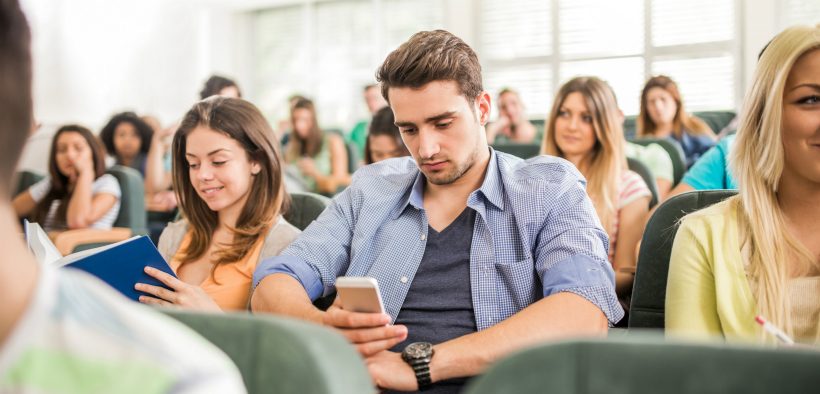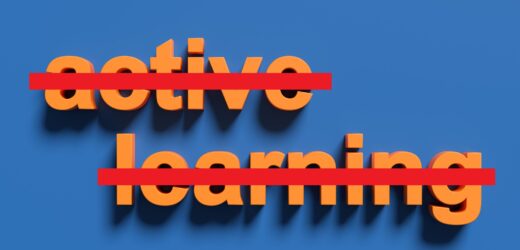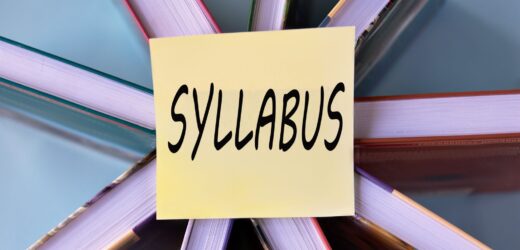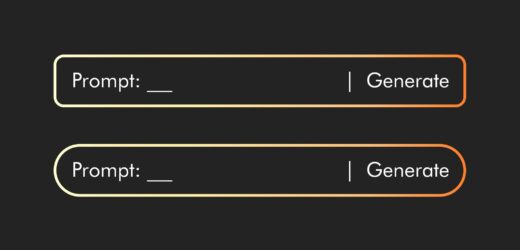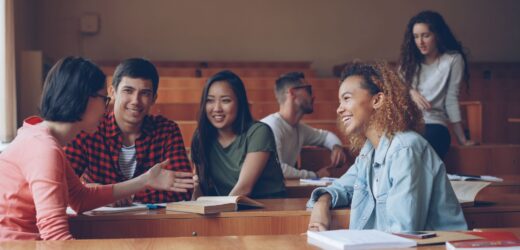Can we talk about the perils of media multitasking enough? I don’t think so, and that belief was confirmed by a clearly organized and well-written review of the research on multitasking with various electronic devices (May & Elder, 2018). I try to be measured in my response to articles on teaching and learning, saving claims of greatness for only the best—and this is one of the best. Even better, it appears in an open-access source.
Related Articles
I have two loves: teaching and learning. Although I love them for different reasons, I’ve been passionate about...
Active learning is a mostly meaningless educational buzzword. It’s a feel-good, intuitively popular term that indicates concern for...
Perhaps the earliest introduction a student has with a course is the syllabus as it’s generally the first...
Generative AI allows instructors to create interactive, self-directed review activities for their courses. The beauty of these activities...
I’ve often felt that a teacher’s life is suspended, Janus-like, between past experiences and future hopes; it’s only...
I teach first-year writing at a small liberal arts college, and on the first day of class, I...
Proponents of rubrics champion them as a means of ensuring consistency in grading, not only between students within...

